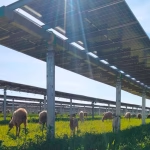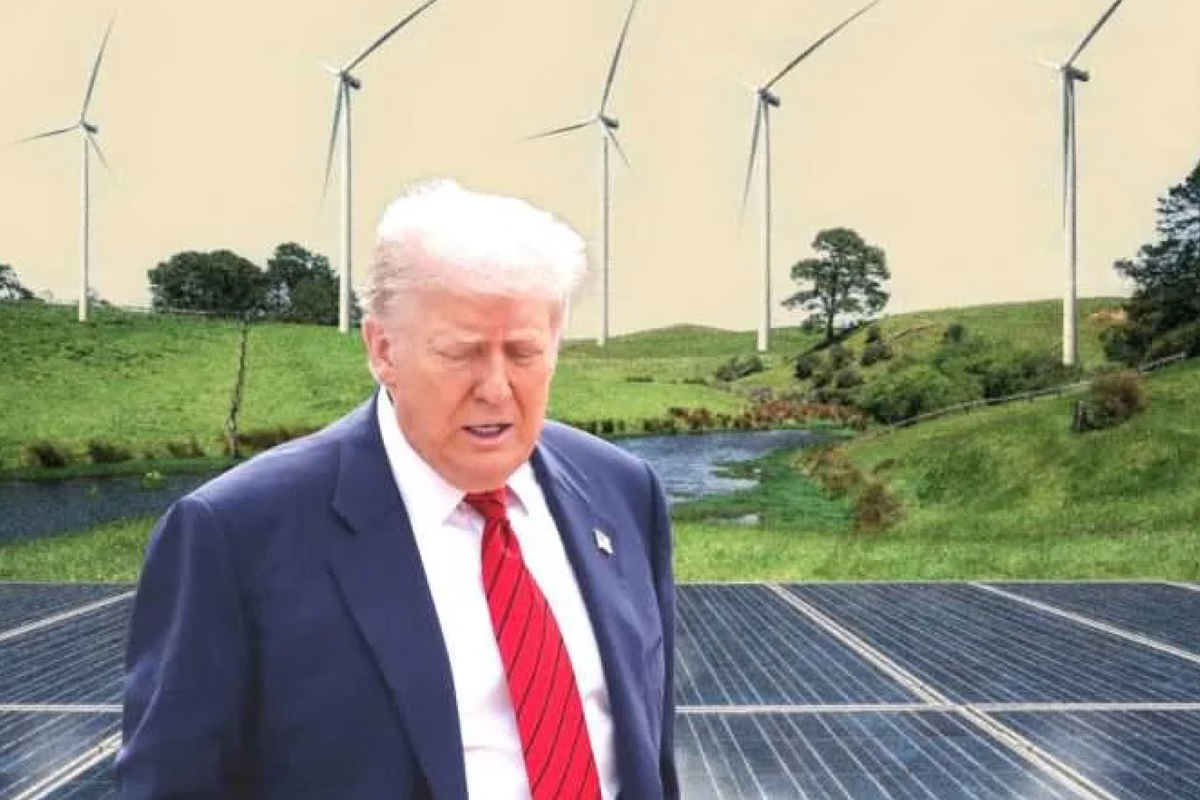
Data Centers Highlight the Limits of Renewable Energy Scaling
November 26, 2024
Masdar and Silk Road sign MoU for renewable energy in BRI countries
November 26, 2024Europe’s battery storage market has reached a turning point in 2024, driven by regulatory activity, lower capital expenditure, and, in particular, volatility.
Volatility in power markets has reached unprecedented levels, led by shifting global and regional gas supplies, geopolitical factors, and the increasing penetration of renewable energy.
This volatility is here to stay, and for many renewable energy developers like Sonnedix, it underscores the necessity of protecting our existing portfolio while seizing new opportunities, specifically leveraging battery storage to both safeguard our current assets and engage in newly accessible markets – presenting opportunities to enhance stability and profitability of renewable energy investments.
Of course, energy storage isn’t a new concept, but its role and importance has skyrocketed in recent years. According to Bloomberg New Energy Finance (BNEF), the global energy storage market nearly tripled in 2023, marking the largest year-on-year gain on record. 2024 is set to be another record year for energy storage, with global storage installations increasing by 76%.
A key driver of this growth is the widespread acceptance that battery storage is an essential enabler of renewable-energy generation, and therefore the energy transition. This is particularly the case as we embrace new normal of volatility.
Take price cannibalisation, for example, which we’re seeing across Europe and other markets as too much renewable energy overwhelms the grid, resulting in wasted energy and lost revenue for renewable energy producers.
This is ultimately scaring off investors and the capital needed to bring critical renewable energy projects online.
Need to accelerate investment
So, what role does storage play in all of this? Simply put, it is the solution.
Storage allows for more renewable energy to be stored and used during peak demand periods – such as providing backup power during blackouts or grid failures – helping us to manage volatility in supply and demand and alleviate grid congestion, allowing more renewable projects to connect without overwhelming infrastructure.
This is certainly the case for Sonnedix, when in 2022 we recognised that to sustain our tremendous growth trajectory, we had to adapt to the changing demands of our customers and the evolving energy landscape.
That’s when we launched our hybridisation strategy: integrating wind and storage assets with our existing solar portfolio to create customised solutions that offer not just clean, but also reliable and affordable energy.
Storage, in particular, provides flexibility to the grid which is critical to both reliability and resilience as more and more power is derived from renewable sources.
But to truly unlock the power of storage, we need to accelerate investment, and fast. According to BNEF, global investment in storage must increase by an average of $193bn per year between 2024 and 2030. To do this, we need to be able to provide the right investment signals in the form of long-term confidence.
In Europe, various models exist for storage where simply charging batteries when electricity prices are low and discharging when prices are high often doesn’t generate enough revenue to be profitable. To make BESS financially viable, additional revenue streams are needed, a concept known as “revenue stacking.”
Currently, there are three primary revenue streams for BESS: Capacity Market, Ancillary Services, and Wholesale Energy Arbitrage that work in different ways and need discrete sets of capabilities to be accessed.
As power markets evolve, the ability to revenue stack – leveraging multiple revenue streams across different energy services – is critical. This in itself is an opportunity, but policy remains a critical roadblock, and we will not be able to get there unless we create a supportive investment environment.
Policy clarity is crucial
The current lack of clarity on revenue in key markets is the number one barrier to accelerating investment in storage. Governments must provide predictable rules for grid access and clear, consistent revenue structures that give investors the confidence they need to participate in developing storage solutions.
This means ensuring adequate remuneration of flexibility through policies that incentivise the necessary investments into storage.
As an industry we also have a role to play. We must work with lenders to help deepen their understanding of storage technology and get them comfortable with the emerging business cases.
So where does that leave us?
We now see power markets, particularly in Europe, needing grid-storage to manage the increasingly volatile market, providing the opportunities for investments into battery energy storage systems at scale. However more long-term certainty and predictability on revenues is needed to get investors to mobilse the capital needed for storage buildout.
With all that being said, I am confident that by working together, we can harness the full potential of battery storage and lead the way toward a more sustainable and resilient energy future.




